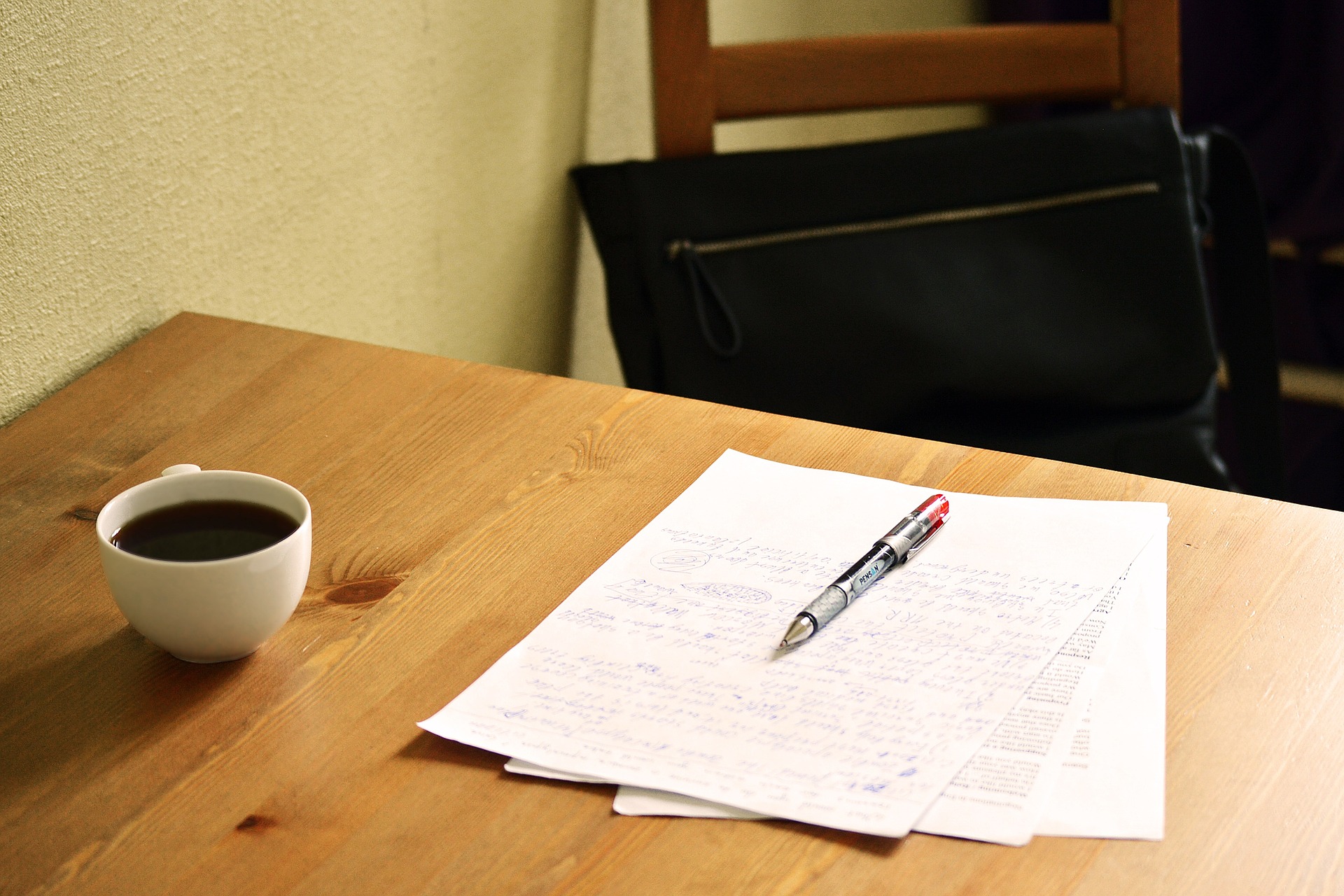While Revising an Argumentative Essay a Writer Should be Focus
When to seek out professional help?
While writing an argumentative essay, a writer must always check all its components, which include current facts, personal opinions, and possible future implications. For example, if a major problem in the piece has been identified and is being discussed, the essay’s author should be prepared to address it in his or her essay.
To find your place in the modern world, it is necessary to use all available ways. Among the many available, education is still considered the best of them. With its help, everyone can get not only the baggage of valuable knowledge but also to make new and useful acquaintances that will be useful in the development of future careers. However, only professionals can help you cope with “do my paper” issues, and they can help you with the creation of cheap essays that meet all the requirements of the academic process. It may seem like such services only take up time and effort that could be used more rationally, but in fact, working with them can be much more beneficial than fulfilling all the requirements of the academic process on your own.
However, if the essay’s major flaw has already been pointed out, then the writer has no reason to argue about it; if the problem cannot be fixed, then the author should just forget about it.
The best time to revise an essay
The proper time to revise an essay is at the tail end of its development. In other words, while the vignettes are still fresh in the writer’s mind. This is also the time to dispose of ideas that do not seem to have any relevance to the main topic. For example, while revising an essay on the American economy, a political philosopher may come up with an interesting piece on freedom and socialism. If the two topics are not related, then the writer can simply drop the piece.
An author of a written work also needs to make sure that all his or her arguments are relevant. This means that the author must choose his words carefully and only include those which are most appropriate. As such, the vignettes should only serve as guideposts, not the entire plot of the essay.
After all, there should be an actual plot to follow. It would be so much simpler to rewrite the entire essay if all vignettes lead up to one point. However, if the writer chooses to use the vignettes as a guide, he or she should also remember to change the details to fit the current situation.
Another tip that many writers forget is that a vignette should complement rather than compete with the main topic of an essay. A writer who has successfully written a literary fiction novel will not need to revamp his or her piece with a social history of the United States. On the other hand, a political science major who has spent several semesters revising American government may want to add some historical facts and take a new look at a controversial issue. Both these writers would benefit from using vignettes as a complement to their own writing rather than as the whole plot of their academic masterpiece.

Types of vignettes while revising an essay
- The first type is the narrative vignette. In this type of vignette, a writer tells a brief story about a specific event or occurrence.
- The second type of vignette is the personal vignette. In this type, a writer relates his or her own experiences.
One should also consider the language that they want to use in each type of essay. The narrative type of essay may be written in third person pronouns, similar to a short story. The personal type may be written in the form of a diary where the writer writes about everyday life. And the political essay can be written in the form of a research paper.
The writer can create the vignettes by researching previous works which use the main idea of the essay he or she wishes to write. Books, magazines, and other publications contain hundreds of vignettes that a writer can base his or her work on. In addition, the writer can use visual aids to visually depict his or her main ideas in the vignettes. Visual aids include photos, illustrations, and paintings.
A writer can find dozens of websites that contain hundreds of vignettes. He or she simply needs to take the time to locate these websites and spend a few hours reading through the vignettes. Once the writer is finished with this step, the writer can start to write his or her main paper. As he or she begins to write, he or she will be amazed at how much he or she was able to accomplish in such a short amount of time!
